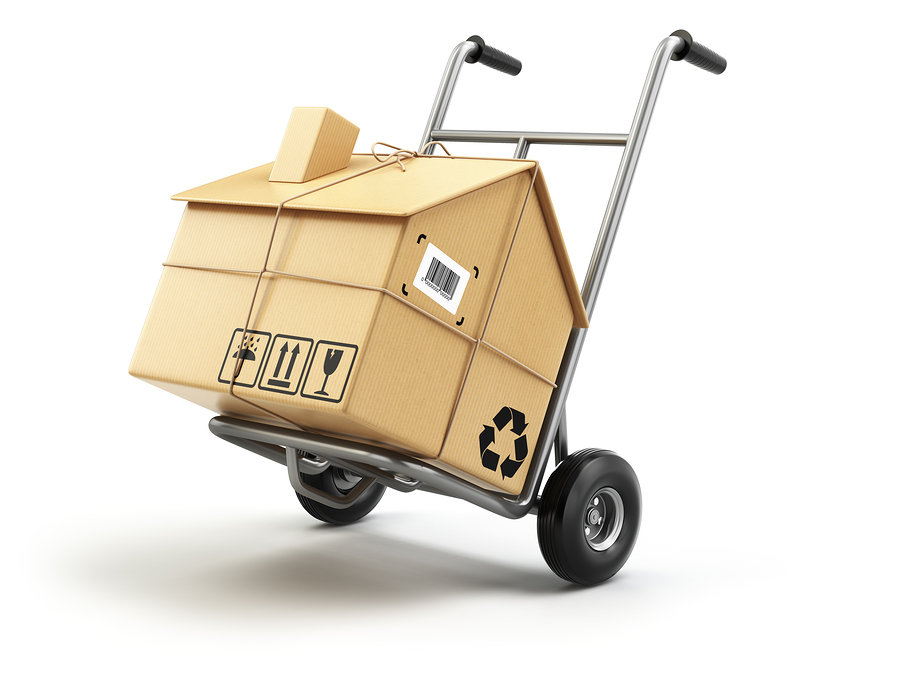 No matter what your situation, staying organized during a move is a daunting task. There is so much to do and to plan, and there are always unexpected problems popping up at the last minute. Parents of young children especially have their work cut out for them. Not only do kids usually have a disproportionate amount of things to pack (especially the tricky to organize toys), parents have to make sure that favorite toys don’t get accidentally packed away and they still have access to the right food, toiletries, and supplies that come with raising a kid. Plus, kids are especially disturbed by a change in their routine, which means they might be in need of some additional time and attention – two things that you will be very short on during a move! In short, staying organized for a move when you have children is challenging, but here are a few tricks to ease the process:
No matter what your situation, staying organized during a move is a daunting task. There is so much to do and to plan, and there are always unexpected problems popping up at the last minute. Parents of young children especially have their work cut out for them. Not only do kids usually have a disproportionate amount of things to pack (especially the tricky to organize toys), parents have to make sure that favorite toys don’t get accidentally packed away and they still have access to the right food, toiletries, and supplies that come with raising a kid. Plus, kids are especially disturbed by a change in their routine, which means they might be in need of some additional time and attention – two things that you will be very short on during a move! In short, staying organized for a move when you have children is challenging, but here are a few tricks to ease the process:
Make A Kid-Friendly Checklist
A checklist can be a great way to stay organized for any task, so why not get started teaching this valuable skill to your kids? Some of the anxiety that children face during a move is a fear that their favorite possessions aren’t going to make it to their new house. Help alleviate this fear by going through their room together and making a checklist of their things. Spend some time helping them pack and checking off the items as you go along. This will help to put them at ease and reassure them that nothing important gets left behind. You can even give them special stickers to decorate the boxes once they are all packed up. This will also give you the chance to make sure their rooms get packed up in an organized way.
Get A Helper
Once your distraction technique has run its course and you can sense your child becoming antsy or bored, it might be time to call in some reinforcements, they can be that assistance you need . This is a challenging time for a child, so why not arrange for their favorite babysitter to take them to the park or to the swimming pool? Even if it is for a short period of time, you will be amazed at how much more you can accomplish when your little one is away – especially if you know that they are out having fun! If you are moving to a new city or state, this is also a great time to arrange play dates with their friends, on this Website you will find some of the best Worldwide Moving Companies for either business and residential situations.
Remember, this is a stressful time for everyone in the family. These tips will help you stay organized and happy throughout your move.

This post was generously written by Logan B. Logan is a guest author and organization expert. When he isn’t writing, he’s helping people find the best moving company for the job.












